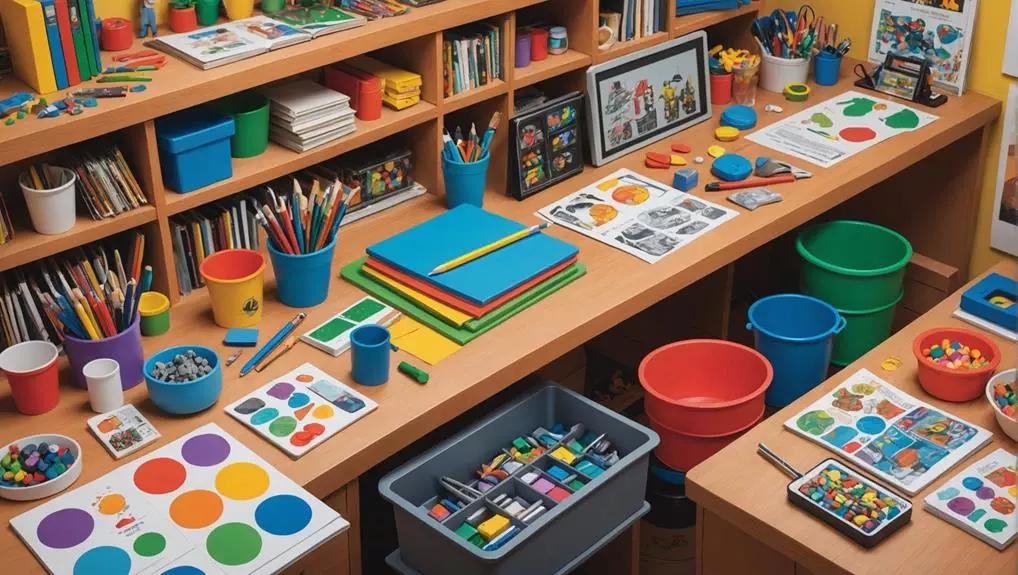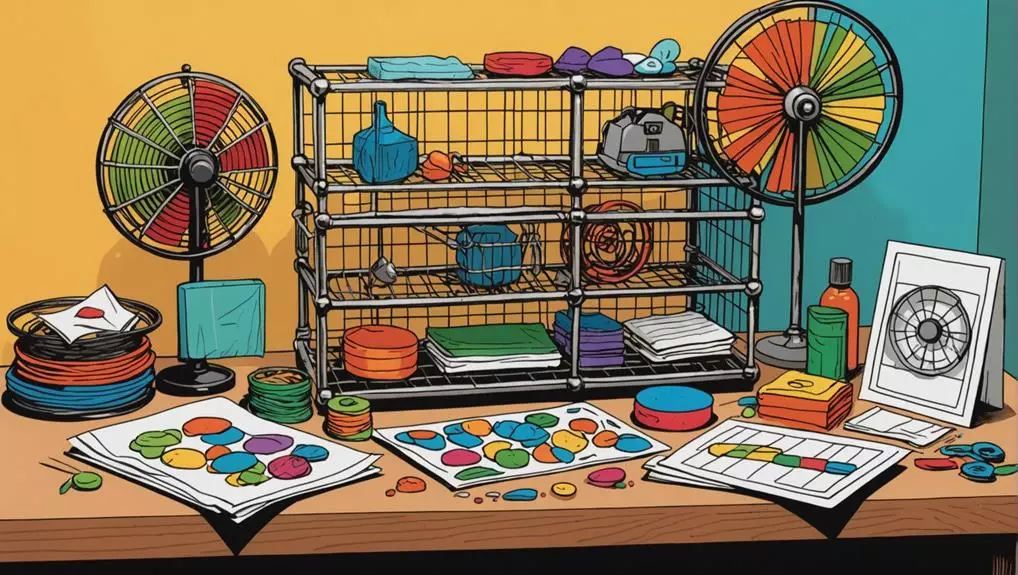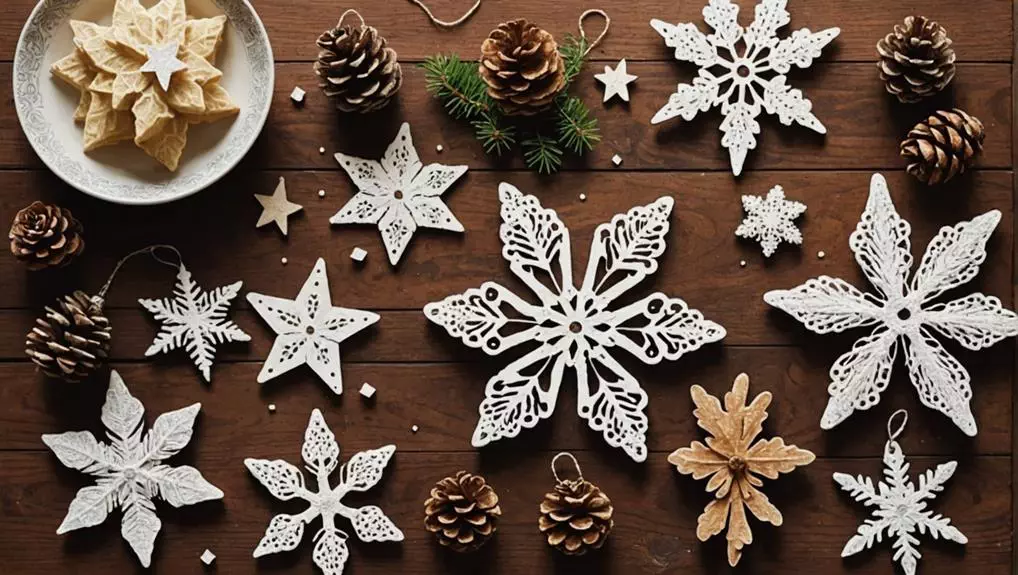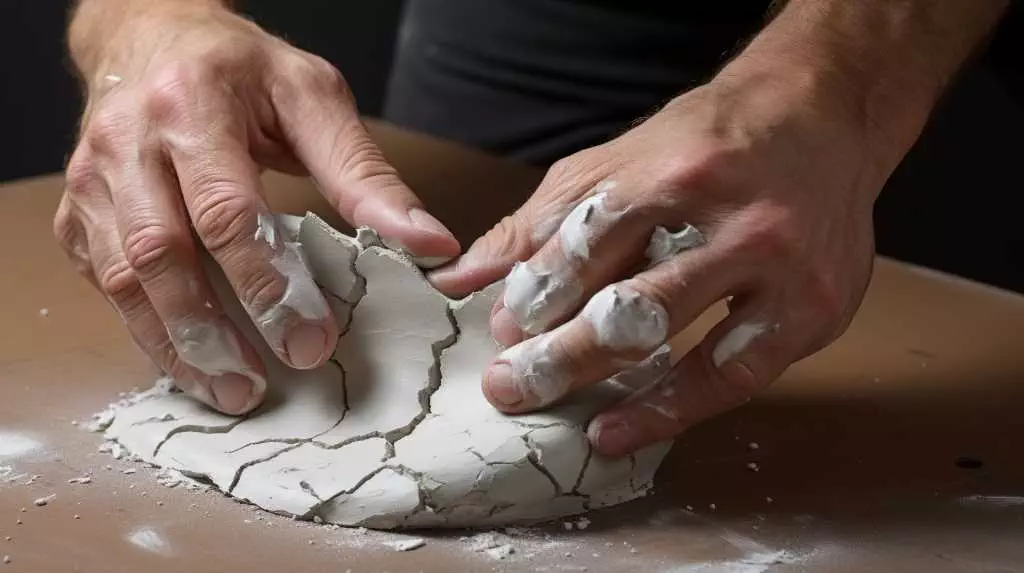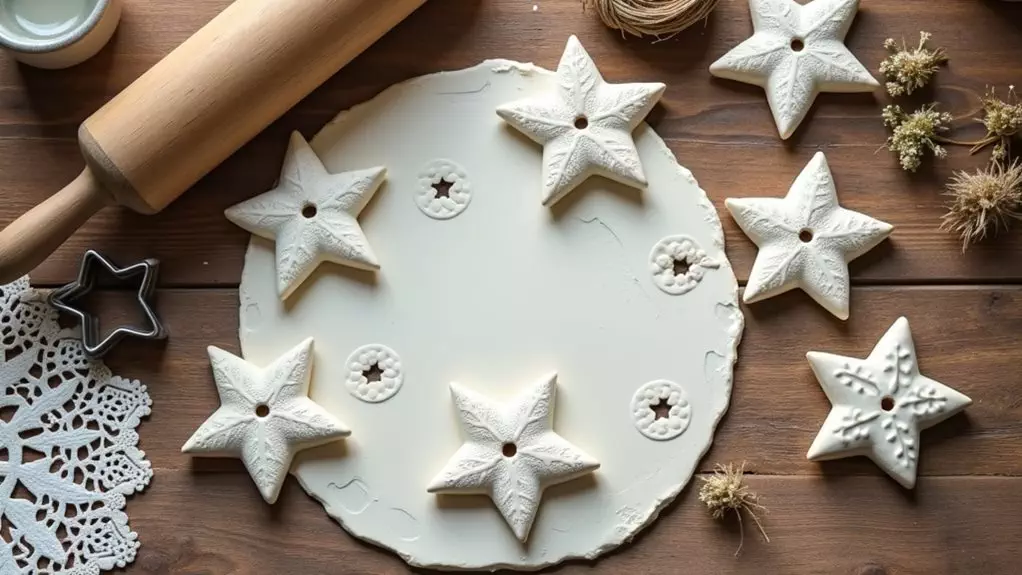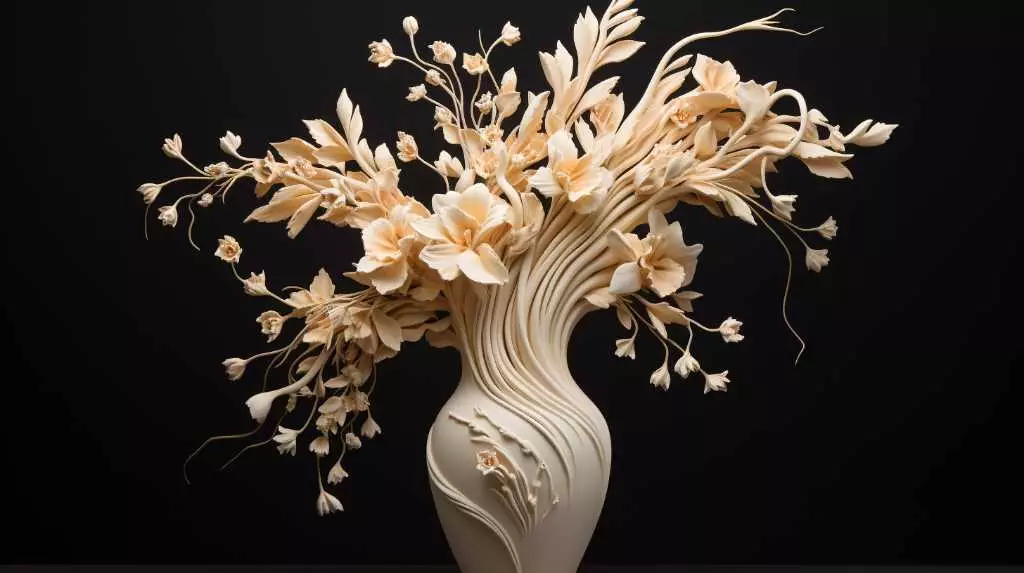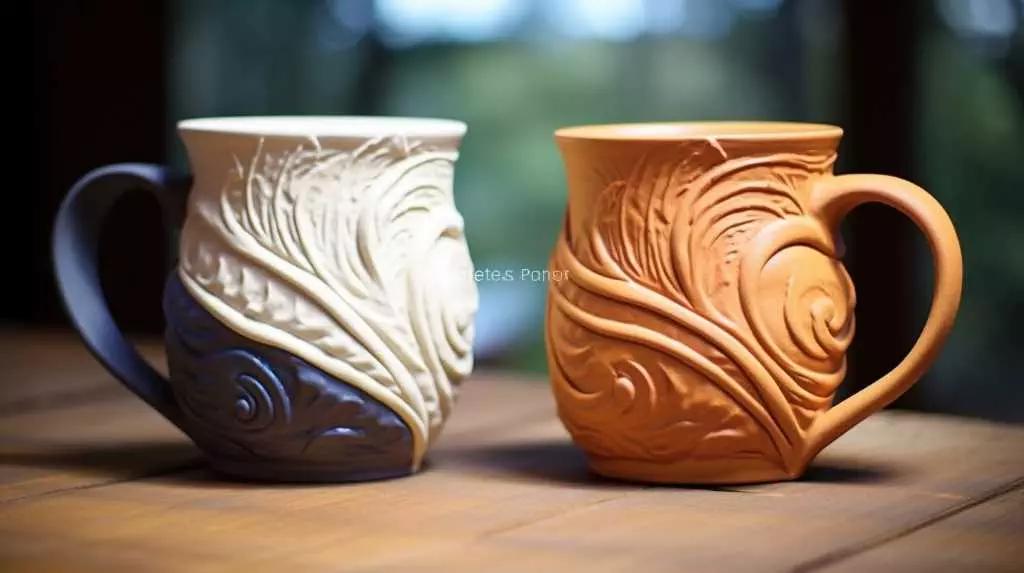You're starting your modeling journey, and the right materials make all the difference in achieving success and enjoying the process. For beginners, air dry clay is a great place to start, offering a smooth finish and fine details with popular brands like Sculpey, Crayola, Amaco, Das, and DAS Smart. A modeling essentials kit is also crucial, including a sharp hobby knife, plastic cement, fine-grit sandpaper, fine-tip tweezers, and a protective cutting mat. By choosing the right materials and tools, you'll be well on your way to creating successful models. Now, explore the world of modeling techniques and strategies to take your skills to the next level.
Best Air Dry Clay for Beginners
With air dry clay, you can dive into the world of modeling without investing in specialized equipment, as it eliminates the need for baking. This makes it a great option for beginners who want to explore the world of sculpting without breaking the bank.
Popular brands like Sculpey Air-Dry and Crayola Air-Dry Clay offer smooth textures and are easy to shape, making them perfect for novice sculptors. Most air dry clays dry within 24 to 72 hours, allowing you to see your project come to life in no time.
Additionally, air dry clay is lightweight, making it suitable for a variety of projects, including crafts, jewelry, and small sculptures without the need for heavy supports. Once dry, you can add personal flair to your creations by painting or sealing them with acrylic paints and varnishes.
With air dry clay, you can unleash your creativity and bring your ideas to life quickly and easily.
Essential Tools for Modeling Success
You'll need a well-stocked toolbox to ensure modeling success, and that starts with a Modeling Essentials Kit that covers the basics.
This core set of supplies should include a quality plastic cement, fine-tipped paintbrushes, sanding sticks and files, a hobby knife with replaceable blades, and canopy masking tape.
With these fundamental tools, you'll be equipped to tackle even the most complex models with precision and accuracy.
Modeling Essentials Kit
What makes a good modeling experience? It starts with having the right tools for the job. A well-stocked modeling essentials kit is crucial for success.
You'll want to include fundamental assembly tools like plastic cement, a hobby knife, and precision tweezers to effectively manipulate model parts.
For painting, you'll need a variety of brushes, spray cans, and possibly an airbrush to achieve different finishes and details.
Sanding sticks and files are a must for preparing surfaces by smoothing out flash and cut marks before assembly and painting. A quality cutting mat provides a protective work surface, ensuring both your work area and tools remain in good condition.
Basic Toolbox Requirements
Every beginner modeler needs a set of fundamental tools to ensure success in their projects. Having the right tools is an important point, as it allows you to focus on the creative aspects of modeling rather than struggling with inadequate equipment.
To get started, you'll need:
- A sharp hobby knife for precise cutting and trimming
- A pair of fine-tip tweezers for handling small parts and delicate assemblies
- Sanding sticks or fine-grit sandpaper for smoothing out edges, flash, and cut marks
- A cutting mat to protect your work surface and allow for safe cutting and trimming of parts
These essential tools will help you achieve professional-looking results and prevent common mistakes.
With these tools, you'll be able to assemble and detail your models with confidence, ensuring a strong foundation for your projects.
Core Modeling Supplies
Most modelers agree that having the right core modeling supplies is crucial to achieving professional-looking results. These essential tools will elevate your modeling skills and ensure a polished finish.
You'll need a quality hobby knife with replaceable blades for precise cutting of parts and trimming excess material for clean finishes. Plastic cement is also a must-have, as it chemically bonds plastic parts together, providing a strong and durable join.
A set of fine-grit sandpaper is another core supply that helps smooth out seams and imperfections, ensuring a polished look before painting. You'll also need a variety of paintbrushes in different sizes to allow for detailed painting and precision work on small areas of the model.
Finally, a cutting mat is a vital supply that protects your work surface and provides a grid for accurate measurements while cutting and assembling your models.
With these core modeling supplies, you'll be well on your way to creating stunning models that showcase your skills.
Simplifying DIY Craft Projects
When venturing into DIY crafting, you'll find that selecting the right modeling kits can greatly simplify the process. A great job can be achieved by choosing kits with clear instructions and manageable parts, making it more enjoyable for novices.
To further simplify your DIY craft projects, consider the following strategies:
- Utilize simple materials such as basic plastic cements and beginner-friendly paints to ensure smoother project execution and reduced frustration.
- Organize your workspace and tools efficiently to focus on crafting without distractions, making the process simpler and more productive.
- Engage with online tutorials and community forums to gain valuable support and troubleshooting tips for simplifying crafting techniques and overcoming challenges.
- Start with smaller projects, like assembling a simple model, to build foundational skills that can be applied to more complex DIY projects in the future.
Air Dry Clay Brand Comparison
Five popular air dry clay brands stand out for their ease of use, versatility, and quality results, making them ideal for beginners and seasoned crafters alike.
You'll appreciate the benefits of Sculpey Air-Dry Clay, which offers a smooth finish and allows for detailed work.
Crayola Air-Dry Clay is a budget-friendly option that's non-toxic, lightweight, and dries to a sturdy finish, making it perfect for kids and novice sculptors.
Amaco Air Dry Clay features a smooth texture and holds fine details well, making it versatile for various projects and drying to a white finish.
Das Air Hardening Modeling Clay is suitable for beginners looking to add detailed textures and designs, thanks to its fine grain and ability to be carved after drying.
Finally, DAS Smart Air Drying Clay boasts a unique formula that provides easy handling and less cracking upon drying, ideal for creating intricate shapes without breakage.
Thank you so much for considering these top air dry clay brands that cater to your creative needs.
Mastering Basic Modeling Techniques
As you delve into the world of modeling, refining your basic techniques is crucial to producing high-quality, professional-looking results.
Mastering basic modeling techniques is pretty much essential for creating stunning models that showcase your skills. To get started, focus on these fundamental skills:
- Application of plastic cement: Learn to apply it correctly to create strong joints that hold your model together.
- Sanding techniques: Refine your model's surfaces by eliminating flash and cut marks for a smoother finish.
- Systematic instruction following: Break down complex instructions into manageable steps to avoid feeling overwhelmed and ensure a more organized build process.
- Experimentation with painting methods: Try brush, spray can, and airbrush techniques to find what works best for you and your desired results.
Tips for Choosing the Right Project
Selecting the right modeling project lays the foundation for a fulfilling experience, allowing you to hone your skills without unnecessary frustration. As a beginner, you want to prioritize beginner-friendly kits that provide clear instructions and manageable assembly steps.
Look for kits with solid engineering and quality materials to ensure a smoother building process and a more enjoyable outcome. Aim for affordable kits, avoiding expensive models initially to build your confidence and skills without financial strain.
Choose projects that offer simplicity in painting and finishing options, allowing for a more comfortable transition into the world of modeling. Consider starting with iconic and recognizable models, like tanks or classic aircraft, which are typically designed to be second nature for beginners and spark interest in the hobby.
Overcoming Common Modeling Challenges
As you start building your first models, you'll inevitably encounter frustration points, such as struggling with intricate parts or dealing with messy glue.
To overcome these challenges, you'll need to master basic skills like precise application of plastic cement and systematic approaches to following model instructions.
Handling Frustration Points
During the assembly process, frustration can creep in when you least expect it, often due to avoidable mistakes or poor planning. It's essential to be proactive in handling frustration points to ensure a smooth and enjoyable modeling experience.
To avoid common pitfalls, keep the following tips in mind:
- Carefully read all instructions before starting a model to prevent confusion and frustration during assembly.
- Use plastic cement sparingly and focus on precise application to avoid messy joints that can complicate the building process.
- Keep a variety of sanding tools on hand to effectively smooth out flash and cut marks, which can help in achieving a better fit and finish.
- Consider starting with simpler kits that have fewer parts to build confidence and reduce the likelihood of errors that can lead to frustration.
Mastering Basic Skills
One of the most significant hurdles to overcome in scale modeling is the development of fundamental skills that ensure a successful build. To master basic skills, make sure you practice applying plastic cement carefully to join parts, ensuring strong bonds by holding pieces firmly until the adhesive sets fully.
Familiarize yourself with sanding techniques to remove any flash and cut marks, as this will lead to a smoother surface and better painting results. Follow model instructions step-by-step, keeping track of part numbers and specific sequences to minimize confusion and mistakes during assembly.
When painting, start with simple color schemes, utilizing basic brush or spray can techniques before progressing to more complex methods like airbrushing.
Join online forums or community groups dedicated to scale modeling, as these platforms can provide invaluable support and tips from experienced builders facing similar challenges. By refining these essential skills, you'll be well-equipped to tackle more complex projects and overcome common modeling challenges.
Avoiding Common Mistakes
When you embark on a scale modeling project, it's essential to recognize that mistakes are an inevitable part of the learning process. Almost always, these mistakes can be avoided by being mindful of common pitfalls.
To ensure a successful build, keep the following common mistakes in mind:
- Failing to thoroughly read the instruction manual before starting, which can lead to assembly errors and frustration during the building process.
- Over-relying on expensive tools and materials, instead of mastering basic tools such as hobby knives, plastic cement, and sanding sticks.
- Neglecting to dry-fit parts before gluing, which can lead to misaligned components.
- Skipping the surface preparation phase, such as sanding and cleaning parts, which can hinder paint adhesion and result in a poor finish.
Final Thoughts
You've made it! Congratulations on surviving the modeling material minefield. Now, you're ready to unleash your inner artist, right? Think again. You're probably stuck with a mess of air dry clay on your kitchen counter, and your cat's hair is stuck to your latest masterpiece. Don't worry, it's all part of the process. With these top picks and expert tips, you'll be well on your way to creating something that doesn't resemble a lumpy potato. Happy modeling!

